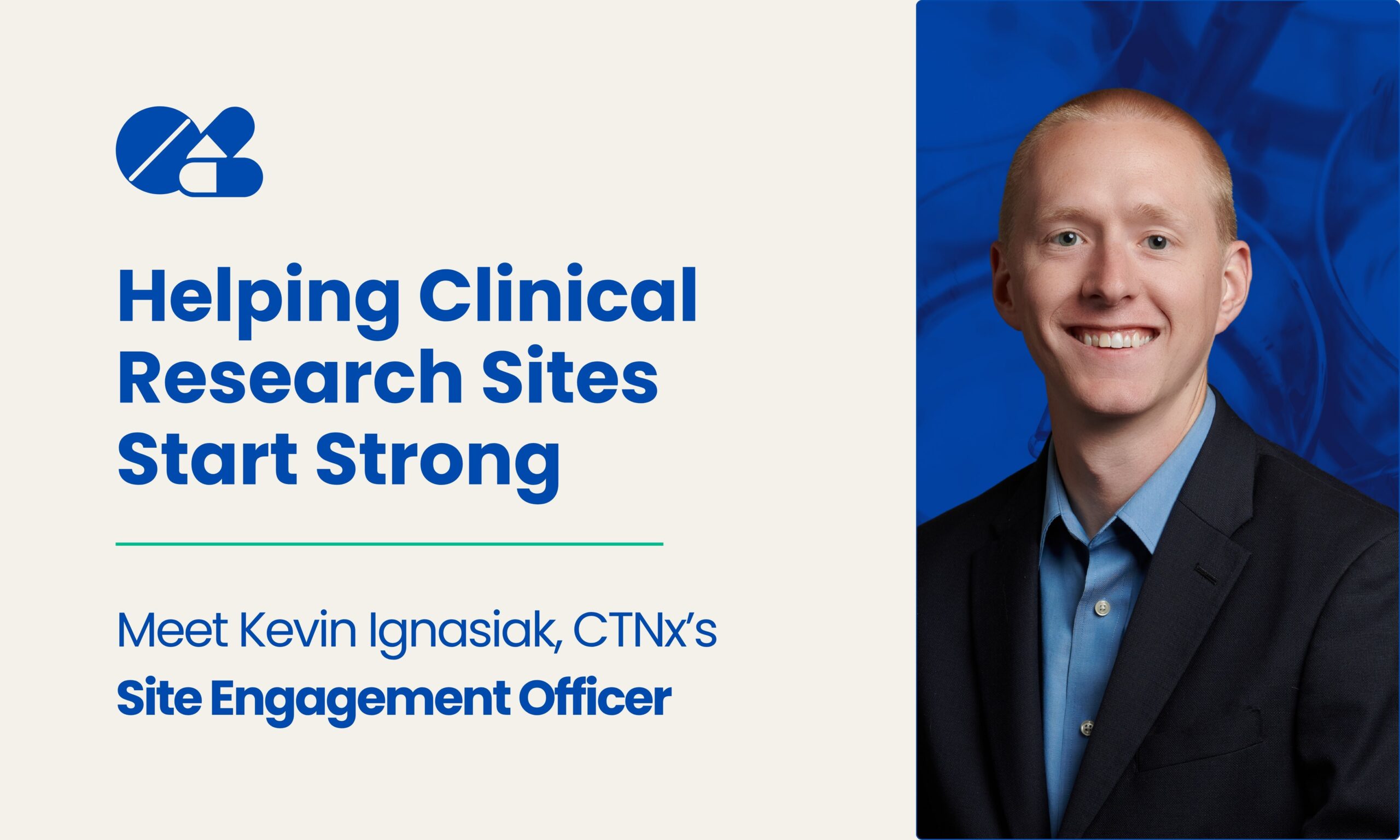
First Things First
Starting a clinical research site is no small feat. Between startup documents, regulatory hurdles, and the long wait for that first trial, many practices underestimate what it really takes to break into research and stay in it.
That’s where Kevin Ignasiak comes in.
As CTNx’s Site Engagement Officer, Kevin works directly with new research sites to demystify the startup process, set realistic expectations, and lay the groundwork for long-term success. With experience both as a site coordinator and sponsor liaison, Kevin brings a 360-degree view of what it takes to build a reearch site from the ground up!
We sat down with Kevin to talk through the biggest misconceptions new sites have, what to expect during onboarding, and why he believes CTNx is changing the game for private practice physicians who want to get involved in research.
What does a Site Engagement Officer actually do?
“My goal as CTNx’s Site Engagement Officer is to educate, guide, and coach new research sites that join our network. Getting your research staff up to speed, collecting the right credentials, and landing your first study takes time and effort.
I walk sites through this process so they have the best chance of getting their research program off the ground quickly and effectively”
What happens when a site first joins the CTNx network?
“Everything starts with an onboarding call. I use that time to get to know the site and their team, and to walk them through what the first few months will look like.
A big part of my role is setting expectations. A lot of new sites think they’ll be up and running with a study in just a few weeks but that’s just not the case.
After onboarding, CTNx begins collecting required documents like medical licenses, CVs, Good Clinical Practice (GCP) certifications, and preparing the eRegulatory system. Only when those are in place can sites start being submitted for study opportunities.
What’s a feasibility and how does a site get submitted for a study?
“To be considered for a study, a site needs to complete what’s known as a feasibility questionnaire. It outlines a site’s capabilities, credentials, past research experience, and relevant patient population.”
Kevin works directly with sites to gather this information and then handles the actual submission to the sponsor.
“Once we submit the feasibility, we wait. Sometimes responses come quickly, but more often it takes 2 to 4 weeks to hear back.”
What if the sponsor is interested in a site?
“Then we move into the pre-selection visit, or PSV. This is where the sponsor visits the site to assess its facilities, staff, and overall readiness to conduct the study.”
Kevin preps each site for their PSV in advance explaining what questions to expect and how to run a successful tour.
“I also join every PSV and stay for the entire visit, helping answer any sponsor questions about CTNx”
What are the two biggest things you focus on with new sites?
1. Setting Expectations
“It’s important that investigators understand what it really takes to land that first study. It can be a grind, but once you land one, more usually follow. I also explain what CTNx can take off their plate so they don’t feel overwhelmed.”
2. Keeping Investigators Engaged
“PIs have to stay involved. That means oversight of the process, quick responses to study opportunities, and being ready for the next step. Sites that are consistently responsive win more studies—and build more profitable research programs.”
How do you tailor your support for experienced VS naive sites?
Experienced Sites: “Some investigators have run 30–40 trials before. They know what they’re doing. I don’t over manage them they just need us for the heavy administrative lifting. They move fast and come to me as they need.”
Naive Sites: “Newer sites need more hands on help. I spend extra time walking through what’s required, checking in regularly, and making sure they’re not stuck on things like GCP training, SOPs, or feasibility forms.”
“I also try to match my style to the investigator. Some want step-by-step guidance, others just want a checklist and space to do it. It’s all about understanding what they need.”
How long does it usually take to get a site up and running?
“Generally, 6-12 months. The biggest factor is how quickly the site completes onboarding tasks and how engaged the PI is. Sponsors often move fast when they need sites, responsiveness is crucial. If I send you a study and you reply three weeks later, you’re likely out of the running, but if you respond in 24–48 hours, you’ve got a much better shot.”
Kevin also reminds sites not to get discouraged.
“Even if you don’t get selected after a PSV, keep applying. It might take six months to a year to land your first trial.
Stay engaged and you will see results.”
What was it like starting in research without CTNx?
“I wish I had CTNx when I was a coordinator. I had to do everything—regulatory, IRB submissions, redlining protocols, patient outreach, scheduling, visits, labs, audits… you name it.”
Even when Kevin had partial support in later roles, it wasn’t enough.
“CTNx gives you the time to focus on patients and studies instead of paperwork. That translates to better data, more patients helped, and smoother operations all around.”
Do This, Not That : Advice from Kevin
✅ Do
Build a team that’s genuinely interested in research. Make sure everyone understands their responsibilities. Stay committed to patient care it shows, sponsors notice when sites are engaged, professional, and care about outcomes. That’s who they come back to.”
❌ Don’t
Pick a trial just because of the payout or
Assume your coordinator can do it all without support. Then don’t lose sight of your why!
“When I worked on gene therapy trials, I loved the work because it helped patients. When I moved into high volume vaccine trials, it started feeling like a profit machine and that affected how I felt about the job.”
If you could have dinner with anyone in medicine or science, who would it be?
In medicine:
“Dr. Jerry Mendel. I worked with him on gene therapy for SMA and Duchenne’s Muscular Dystrophy at Nationwide in Columbus. He’s a pioneer with over 50 years of experience and made a massive impact on patients. I’d love to hear more about his journey and how he got into the field.”
In science:
“Louis Pasteur. I’d want to hear about the origin of vaccines and share what they’ve become today. I think he’d be blown away with todays advancements.”
Final Thoughts from Kevin
“If you’re running research or thinking about it take a serious look at CTNx. We help you take on more studies without drowning in admin work.
Investigators in our network are excited because they know how time consuming research can be. We make it easier, and I love working here, I think a lot of other research professionals would too.”
Ready to Start Your Research Program?
Kevin’s story says it all, launching a successful research site takes work, but you don’t have to do it alone. CTNx provides the structure, tools, and support to help you go from idea to activation.
Thinking about bringing research to your practice?
Now’s the time!

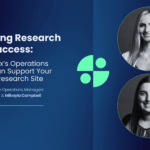
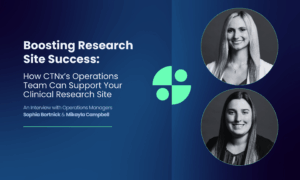

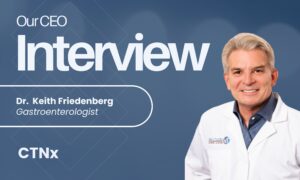
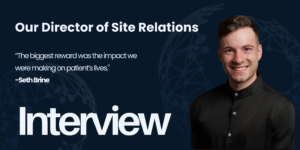
No comment yet, add your voice below!